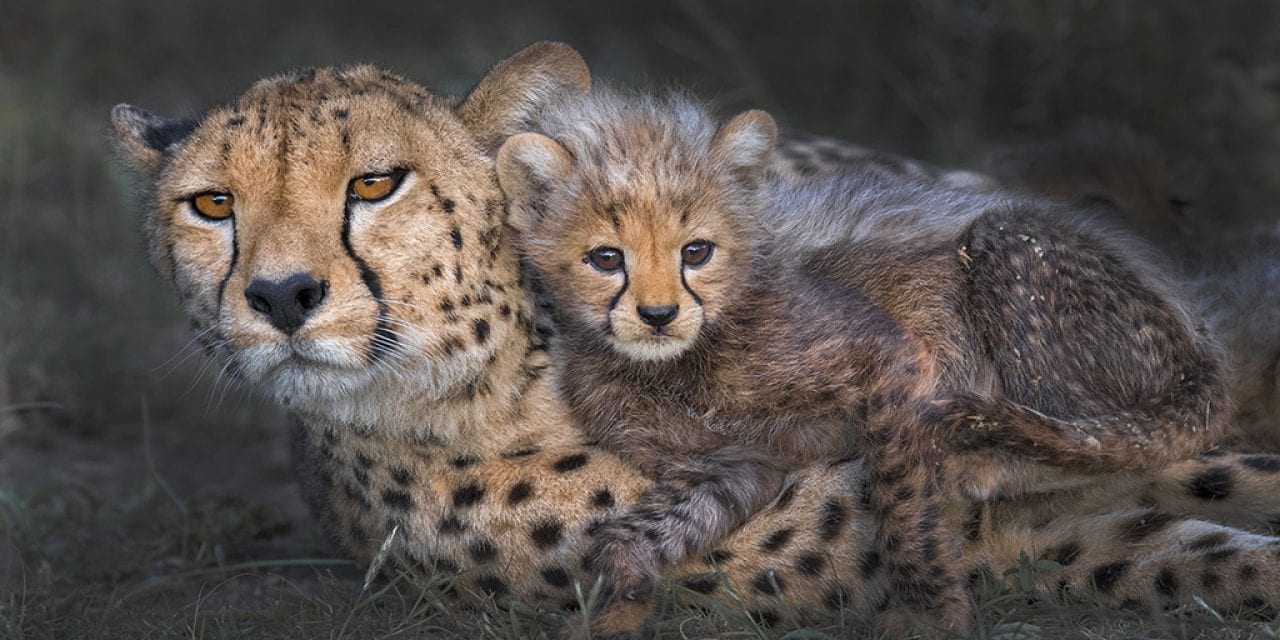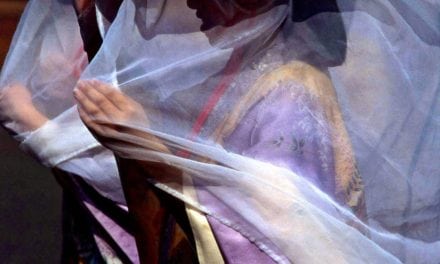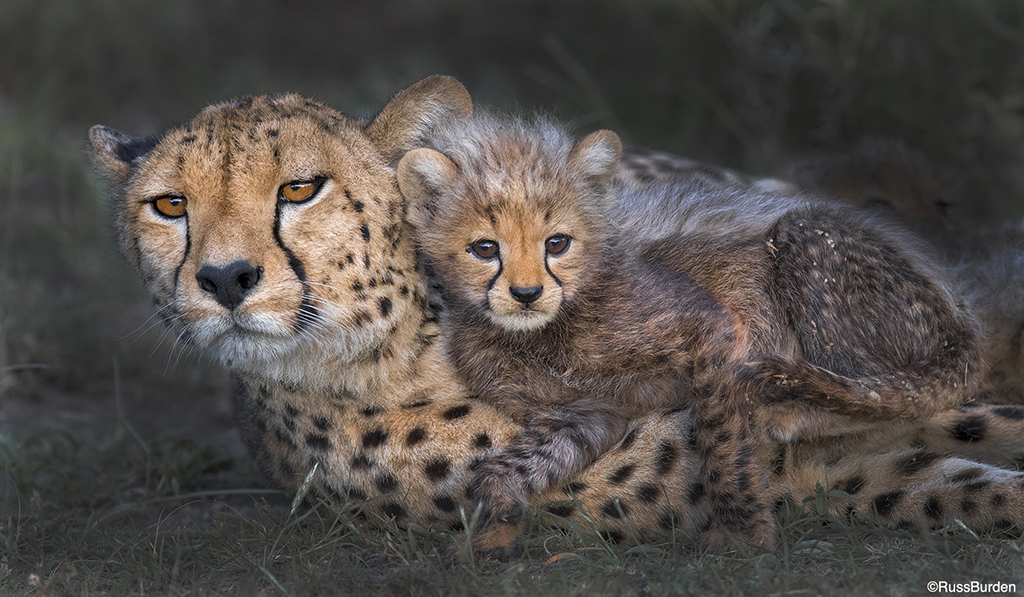
Your brain is a complex organ. It controls the way you think, what you do, feel, decide, etc. It consists of the left and right hemisphere. While they’re almost identical in looks, they’re completely different in what they regulate. The left side is more analytical. It governs functions that relate to logic, math, analysis, sequencing and numbers. The right side is more intuitive, creative and visual. Functions that relate to the arts, music, rhythm and daydreaming are controlled by it.
People often identify themselves as being more right-brained or more left-brained depending on the job they choose or how they see the world. Photography is said to be a right-brain field, but ironically, as cameras have become very complex and continue to grow even more sophisticated, photographers need to be both right- and left-brained. While it pains a large percentage of camera purchasers to RTM (Read The Manual), to get the most out of the bodies they purchase, it’s important to engage left-brain functions so the right-brain creative aspects can be utilized to the fullest.
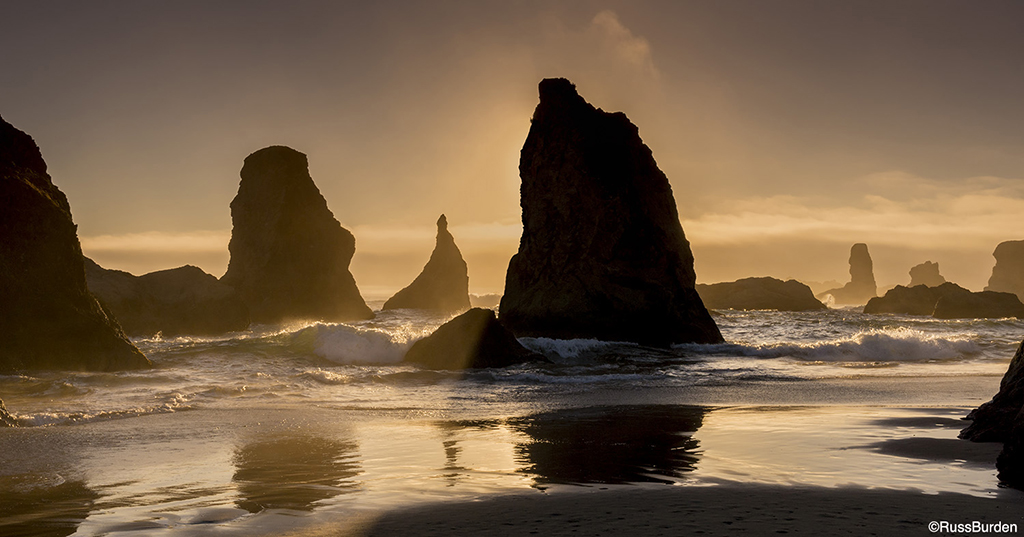
When you finalize one of your digital files, a direct relationship between yourself and the optimized file is created. As your photography evolves and you develop a specific “style,” viewers of your images will be able to identify your “signature” look. This, in turn, creates a psychological relationship between you and the viewer. The way you go about creating a RAW capture while you’re in the field says something about you as a photographer. The techniques you use while in the field reveals something as well, as does the amount of time you spend at a location and the way you optimize your RAW files. So what does your photography say about you?
How You Go About Making A Capture: When you’re in the field, can you patiently wait for the light to be perfect or do your thoughts constantly think about that potential photo that’s around the corner or down the road? Can you wait for the sleeping lion with her four cubs to awake from a nap and capture the potential they offer or do you have to drive on to find another subject that may or may not be encountered? Patience can be rewarded or you also stand the chance of securing a once-in-a-lifetime shot if you move on. The bottom line is to be happy with the choice you make and don’t dwell on the opportunity on which you pass if you find nothing around the corner.
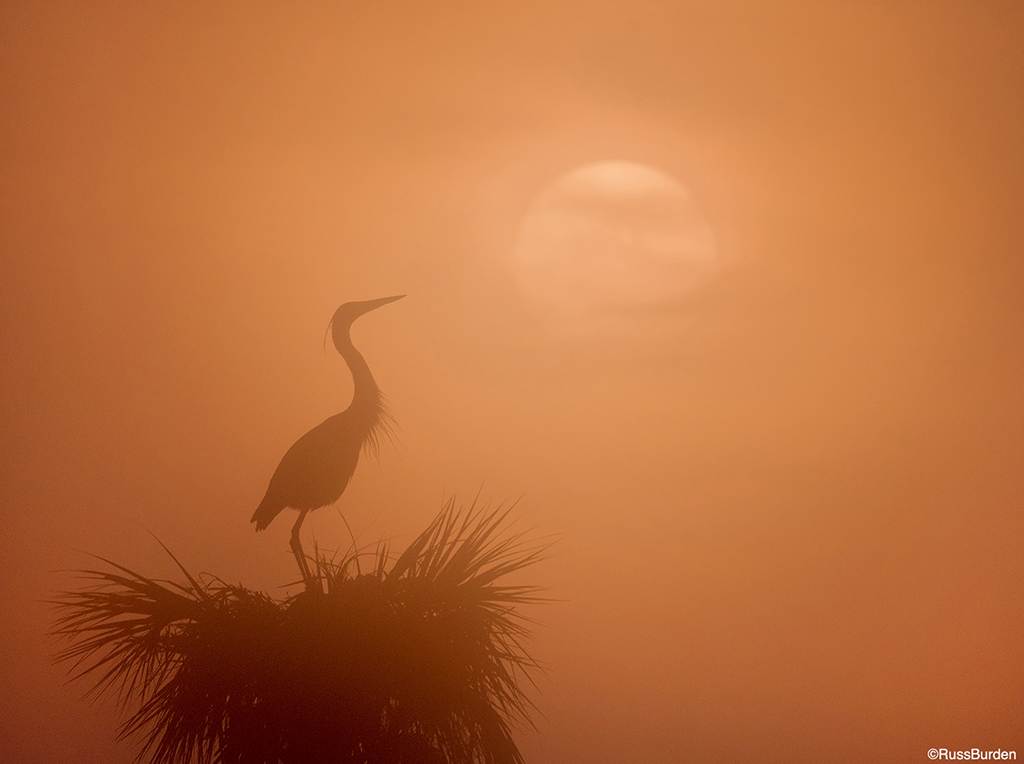
Your Techniques: Do you incorporate the time you spent using your left brain and utilize all the features your camera body offers? Do you take advantage of depth of field? Do you engage focus stacking? Do you make a bracketed series and run the files through HDR? Do you set the camera to quiet mode to not scare away a skittish subject? Do you adjust your ISO to complement the amount of ambient light to obtain the best file? Do you use a tripod? If you answered “no” or “sometimes,” when it comes time to optimize your files and they’re not technically perfect, the bottom line is that although you may have a gifted right brain, open the door to your left brain to maximize your potential.
Optimization: Learning how to use a given app can be expedited if you watch videos or read the manual, but who has time to do that? After all, you’re a right-brained person and you can experiment using every slider and learn the program in that fashion. There’s validity to this and I applaud you for taking the time to experiment—it shows dedication. However, what your file looks like as an end product definitely reveals something about your inner psyche. Is the final product oversaturated, did you minimize digital noise, do you optimize a file even though it’s not tack-sharp and hope people don’t notice it or do you simply output the RAW file and do nothing? The bottom line is you want to develop a signature look so when viewers see your images, they elicit a WOW. Most successful photographers don’t post images that are oversaturated, over sharpened, far too noisy or flat with no contrast. The bottom line is to show the work that makes you feel proud and hold it to a standard you can accept.
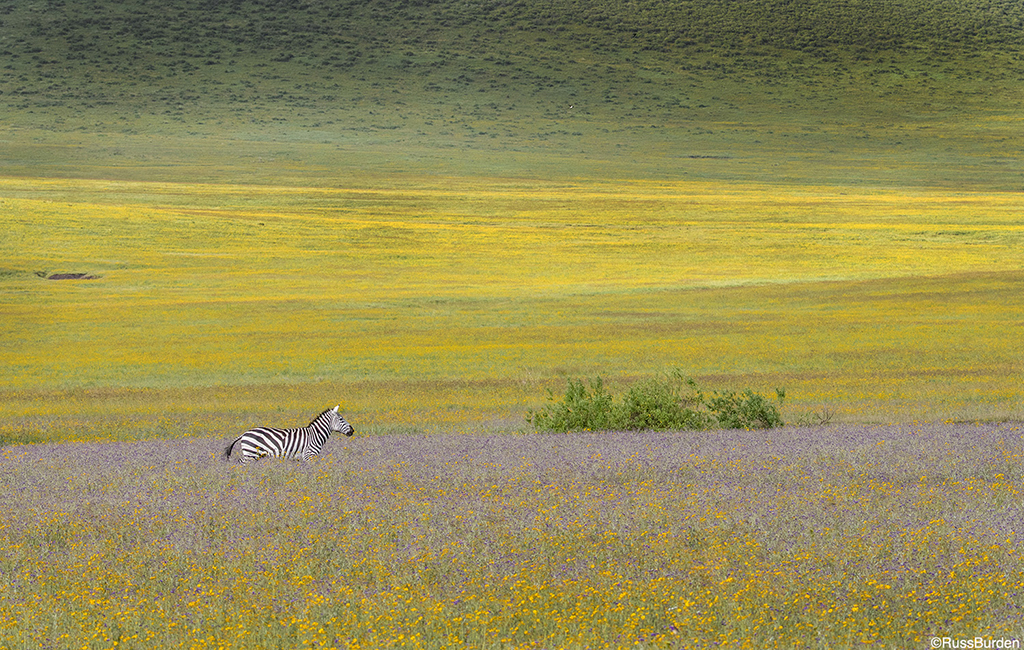
Psychological Photographic Food For Thought: We look at what confronts our eyes but do we see the scene photographically? We arrive at those iconic locations envisioning the shot in our heads but do we connect with it? We set up our tripods to get “the shot” but do we explore all options? Let your images express who you are. Look inside your photographic inner psyche and become one with the camera and lens. Your viewers will thank you.
For a related article, see the Tip of the Week I wrote in the summer of 2015 called In The Mood: The Psychology of Color.
Visit www.russburdenphotography.com for information about his nature photography tours and safari to Tanzania.
The post The Psychology Of Photography appeared first on Outdoor Photographer.

